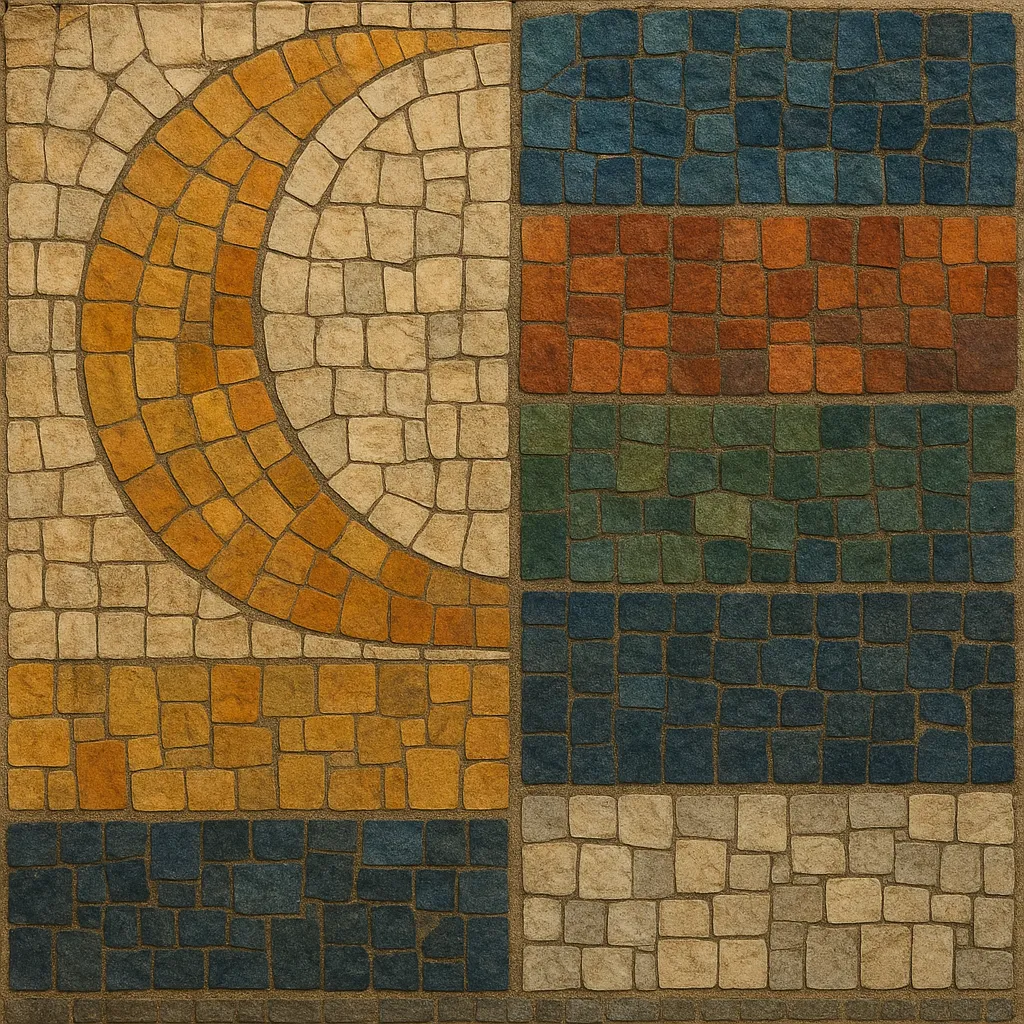Theme and variations is a classical musical form in which a clearly stated theme is followed by a sequence of self-contained variations that transform the theme’s melody, harmony, rhythm, texture, register, mode, meter, or orchestration.
Although used across many eras, the form crystallized during the late Renaissance and Baroque periods through keyboard and lute traditions, then became a structural mainstay in the Classical and Romantic eras. In performance, the listener recognizes the original idea through its continuities—often the harmonic plan or characteristic contour—while enjoying the inventive contrasts that each variation brings.
The earliest printed examples of variation sets appear in the 1500s, notably in Spain as diferencias for vihuela and keyboard (e.g., Luis de Narváez). Around the same time, English virginalists such as William Byrd and John Bull explored ornate keyboard variations. In the early Baroque, variations over repeating bass patterns (grounds) led to the passacaglia and chaconne traditions (e.g., Buxtehude, J. S. Bach), cementing the technique of reimagining a fixed harmonic or melodic scaffold.
In the Classical era, composers normalized theme-and-variations movements within multi-movement works. Haydn, Mozart, and Beethoven shaped the form’s clarity and drama—shifting from ornamental changes to deeper rhythmic, modal, and textural transformations. Variation sets also proliferated as standalone keyboard works and chamber finales.
Romantics amplified the form’s expressive palette and orchestral color. Brahms (Handel and Haydn Variations) exemplified rigorous motivic craft, while symphonic and concerto-linked treatments emerged (e.g., Elgar’s Enigma Variations, Dvořák’s Symphonic Variations, Franck’s Symphonic Variations). Liszt’s approach to thematic transformation blurred boundaries between variation cycles and large, continuous forms.
Composers extended variation processes with new tonalities and serial techniques (e.g., Schoenberg, Webern), and with orchestral pedagogy and display (Britten’s Variations and Fugue on a Theme of Purcell; Rachmaninoff’s Rhapsody on a Theme of Paganini). The logic of presenting, transforming, and recontextualizing a theme continues to inform concert music and has conceptually influenced genres that value motivic development.
Pick a succinct, singable idea with a stable harmonic plan (e.g., 8–16 bars). It can be original or borrowed (folk tune, dance, chorale). Ensure its cadence points and phrase structure are clear; these will anchor your variations.


